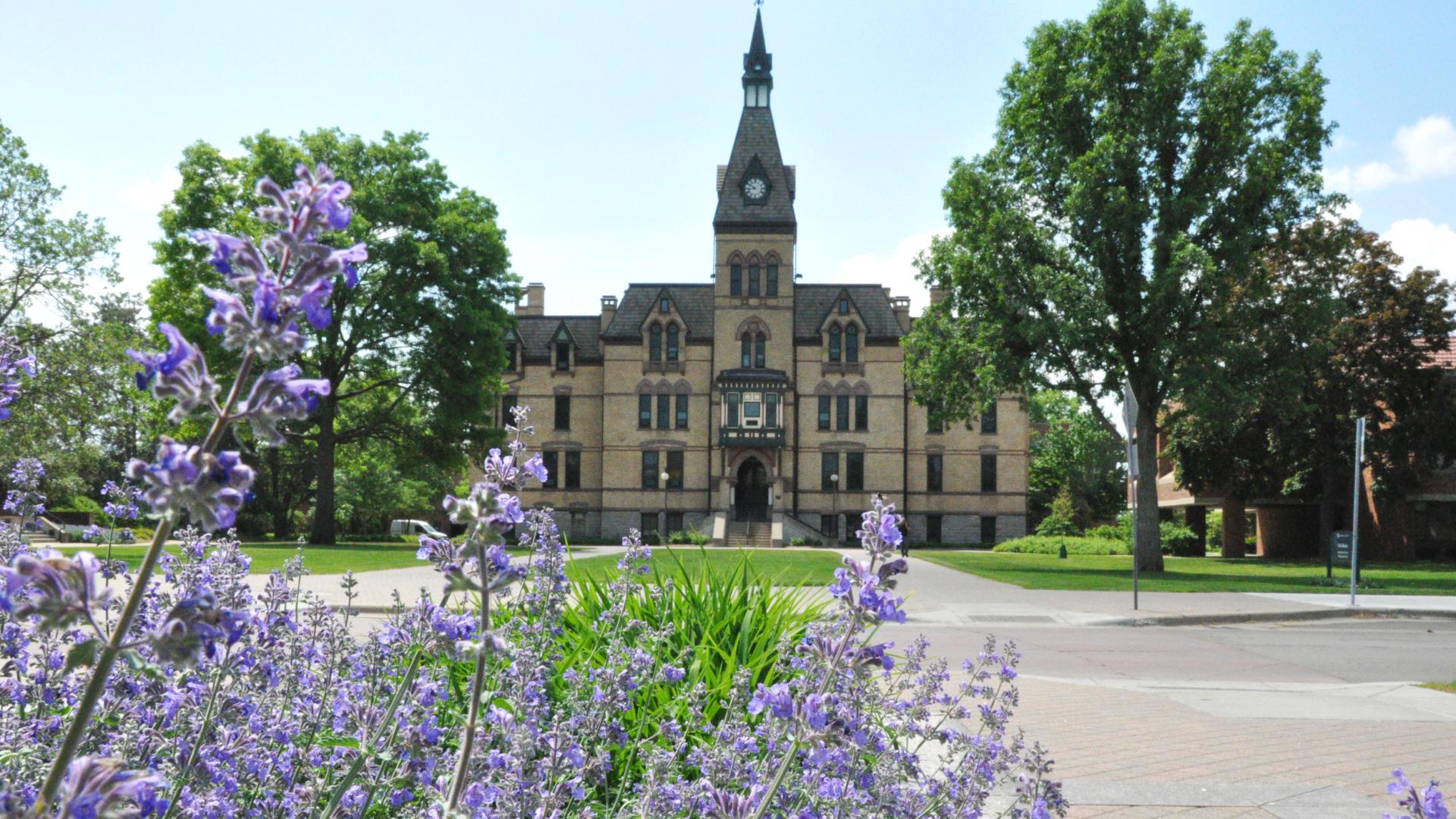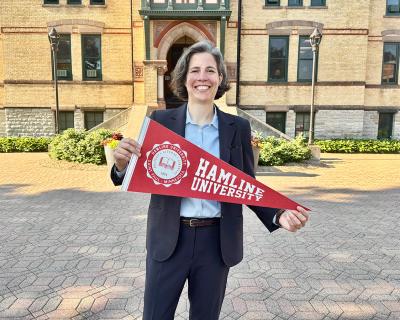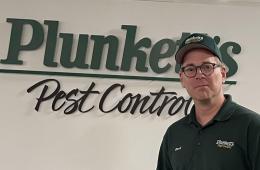Image

Hamline Newsroom
Office of Marketing & Communications
Discover what's happening in the Hamline community
Explore the Newsroom from Hamline University's Office of Communications. Read our top stories and learn about how the Hamline community takes the lead.
July 1, 2025
Welcoming Hamline’s 22nd President, Dr. Mayme Hostetter
On Tuesday, July 1, 2025, Hamline University officially welcomed Dr. Mayme Hostetter as its 22nd president. Dr. Hostetter, a founding leader of New York City's Relay Graduate School of Education, brings a commitment to student success and a desire to work with the Hamline community as a team player.
Newsroom highlights
Hamline in the News
- Hamline a finalist for "Best MBA" in Minnesota Lawyer’s "Reader Rankings" (Minnesota Lawyer)
- Hamline rated "Best Paralegal Program in MN" in Finance & Commerce’s "Reader Rankings" (Finance & Commerce)
- Half a lifetime after serving time, adjunct professor Jason Sole hopes for clemency (Minneapolis Star Tribune)



